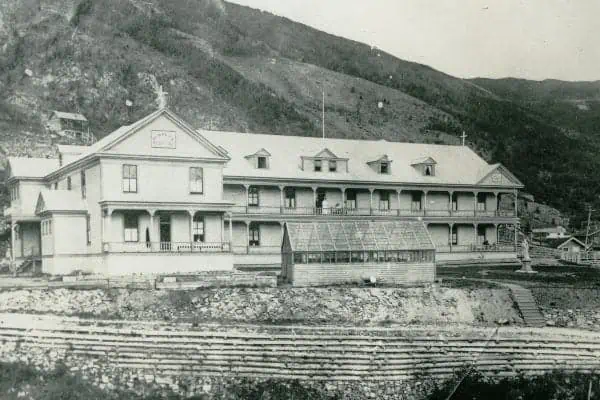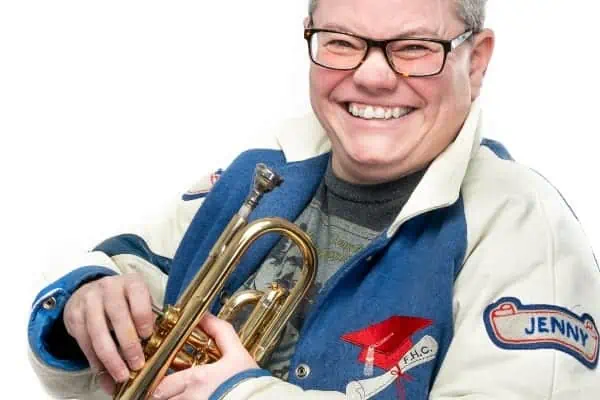Seeds of Change invites locals and visitors to consider the implications of the concept of
reconciliation. It’s the summer exhibit in the Gathering Room in the Dänojà Zho Cultural Centre in Dawson City. It displays information about the history that has led to a need for this reflection, and it shows some of the steps that have been taken over the last 20 years that have led to the realization for the need to reconcile.
One might consider the process to have begun with the K’änächá (taking care of ourselves) group’s scrapbook project back in 1998. Residential school survivors opened up to each other and the world about their experiences. The original scrapbook is on display again this summer as part of the larger exhibit.
K’änächá led to the publication, in 2009, of the coffee table-sized book, Tr’ëhuhch’in Näwtr’udäh’a (Finding Our Way Home), which is available at the gift shop.
There is much more to be seen in this summer’s display, and some of that began with the unveiling of a memorial plaque beside the river near the centre on Aboriginal Day. Its text sketches the history of residential schools, honours the survivors and suggests a direction for the future.
“We invite you,” it says, “to reflect on the historic relationship with the First Peoples on this land, and imagine a new relationship built on mutual understanding, honesty and respect.”
Inside the centre there are displays explaining the work of the Truth and Reconciliation Commission, the Indian Residential Schools Settlement Agreement and a copy of the formal apology from the Canadian Government.
Other displays show the range of reading and curriculum material that has been created over the last two decades, and highlight such educational initiatives as the Tr’inke Zho Daycare Centre, the Head Start Program and the increase in First Nations programming at the Robert Service School. Han language instruction now goes up to grade six, while grade 10 social studies has a residential schools component. There is a great deal of shared programming at the Dänojà Zho Cultural Centre, as well as elder visits to the classrooms, use of the school’s outdoor classroom and support for such programs as First Hunt and First Fish.
Artistically, there is Faye Chamberlain’s Cutting Through the Red Tape display, which includes not only her story, but her cleverly conceived Red Tape Dress, the fringes of which are labeled with both positive and negative text relating to the issues at hand. This part of the exhibit has been requested by the Yukon Aboriginal Curatorial Collective to be part of an exhibit from Sept. 28 to 30 at Yukon College.
One wall display contains the words of residential school survivors and their reflections on the meaning of reconciliation. Inside a small wall tent one can sit and listen to interviews with some of these elders, while a second video display in one corner of the room runs a residential school documentary.
Bo Yeung’s Community Braid Project invites visitors to record their reactions on a set of scrolls which will eventually be braided together, combining strands of resurgence, revitalization and acknowledgement.
A rack in one corner is hung with memorials to various parts of the reconciliation process: church apologies, media coverage, commemoration, missing children and burial information, settlement agreements and 16 other items.
Perhaps the concept is made clearer when one considers the range of meaning in synonyms for the word, which are listed at the beginning of the exhibit: reuniting, reunion, bringing together again, conciliation, reconcilement, rapprochement, fence mending.




